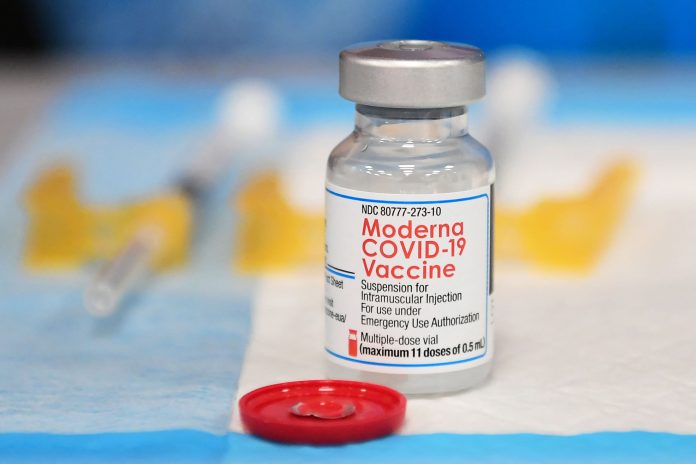Federal regulators are poised to approve Moderna’s latest COVID-19 booster, designed to combat a potentially worrisome new virus strain, as early as next week, according to reports. This development comes amid a concerning rise in COVID-19 hospitalizations and deaths nationwide.
Data from the Centers for Disease Control and Prevention (CDC) reveals a nearly 16 percent increase in COVID-19 hospitalizations for the week ending August 26, along with an almost 18 percent rise in deaths. In New York, during the same period, there were 5.7 new hospitalizations per 100,000 people, with a total of 1,108 reported cases in the past week, reflecting a 4.6 percent increase, as per CDC data.
While the XBB.1.5 strain is no longer dominant, Moderna’s new booster is expected to offer protection against other subvariants currently in circulation. Both Moderna and Pfizer have indicated that their boosters appear effective against the BA.2.86 omicron subvariant, which has not yet become dominant.
Following FDA approval, a CDC advisory group will issue its own recommendations, with a potential decision expected during a scheduled meeting on Tuesday. The availability of these booster shots could come as early as Wednesday, although the precise timeline remains uncertain.
Unlike previous booster shots, the government will not cover the cost of this new booster, which is expected to be priced at approximately $110 to $130 by both Moderna and Pfizer.
While it is not yet clear which groups will be encouraged to receive the booster, the CDC recommends that everyone receive an updated vaccine in addition to their 2021 shots, and that individuals aged 65 and older receive a second booster.
Currently, about 97 percent of Americans have some level of vaccine protection, but experts warn that immunity diminishes over time. In New York, 77 percent of individuals have received their primary vaccine series, with 85.9 percent of those aged 18 and over. However, the percentage of individuals who are up to date on all boosters in New York State stands at 15.5 percent, with 17.7 percent of those aged 18 and over.
The trend of increasing hospitalizations and deaths began during the summer and is expected to persist into the fall and winter months as people spend more time indoors.



